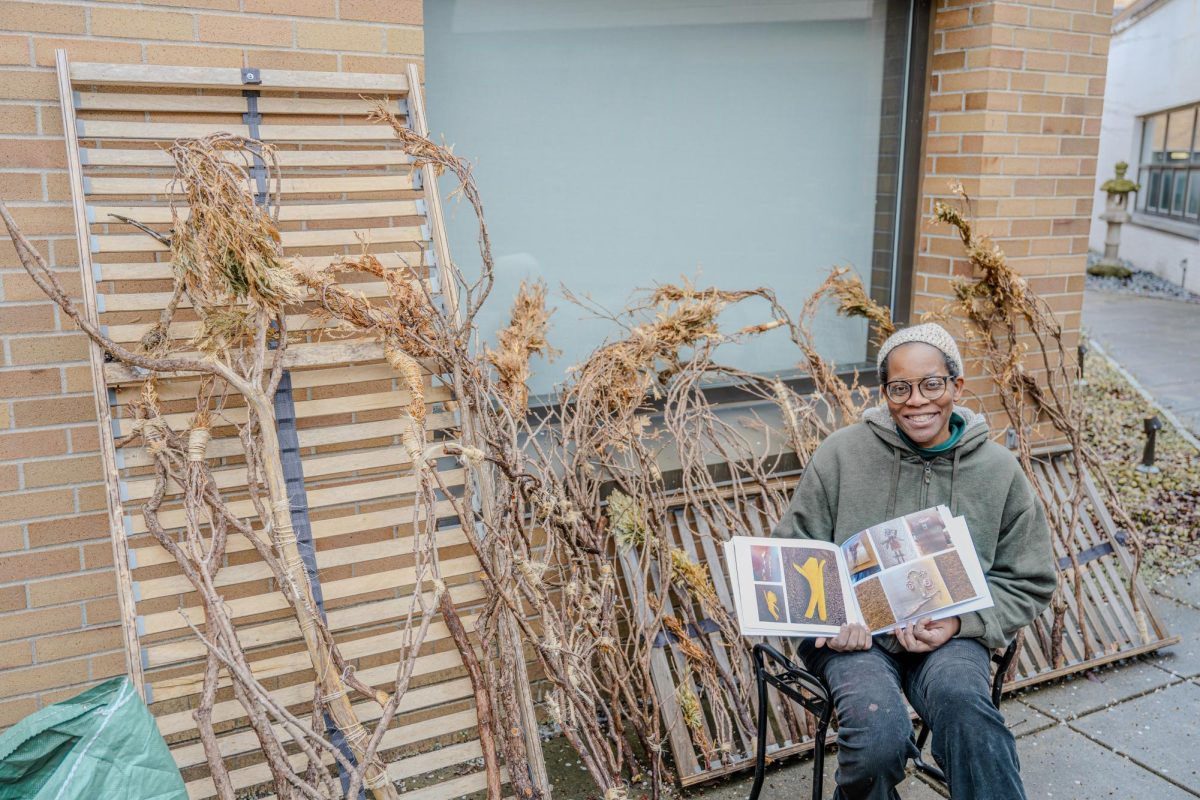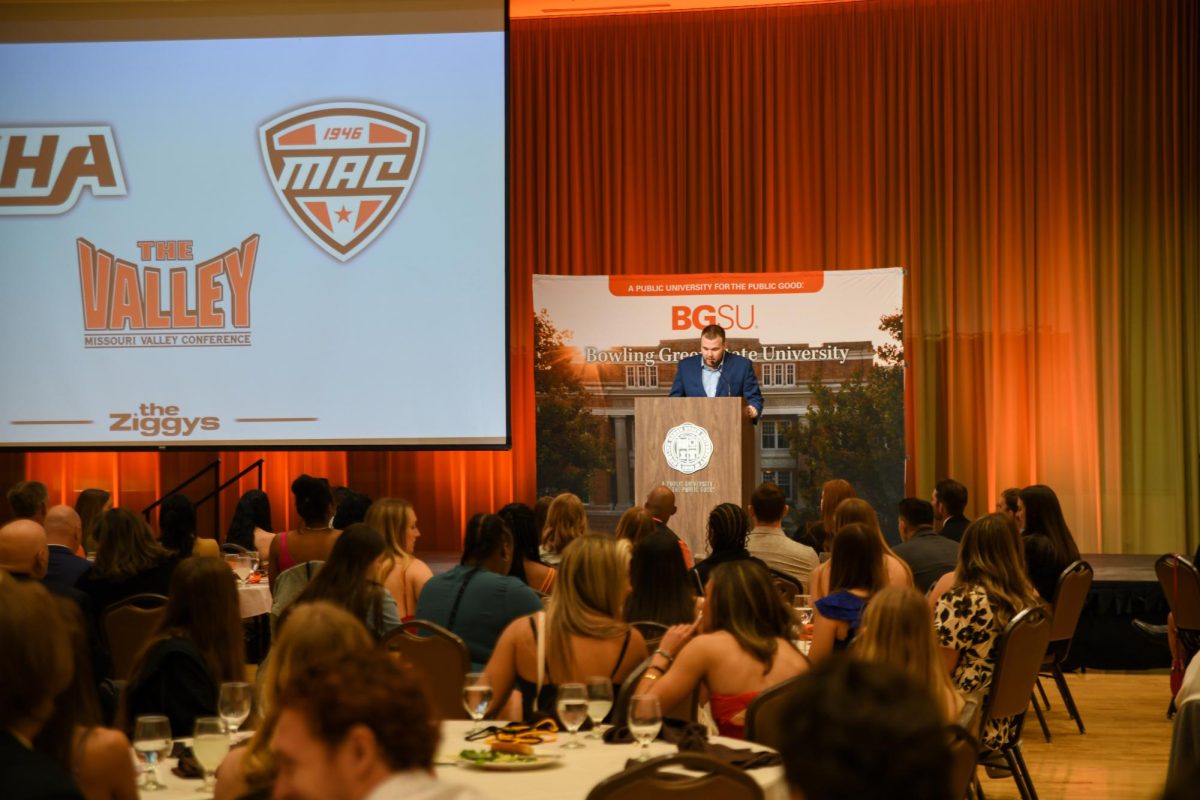For the last couple of weeks, it’s been typical to put in 15 hour days for those working on the upcoming University theatre production, “Our Country’s Good”: come in at eight, leave at midnight or one, then do it the next day.
No, it’s not the actors or the director, it’s the people that work behind the scenes, putting up the lights and constructing the stage setups.
Steve Boone, the lighting designer and technical director for all of the theatre department productions said he and his crew will be working up until the last second, including the late hours to put the finishing touches on “Our Country’s Good,” debuting tonight and running the next two weekends.
“We lost an entire week of work when the students went on break, and that kind of hurt us,” Boone said.
The background of “Country” will be stepping outside the boundaries of normal theatre. The set, which is deemed “neutral” by Boone, consists curtains on running tracks and constantly changing platforms.
“It’s not a real set in the traditional sense,” Boone said. “It’s not really representative of anything, which is why it’s so unique.”
As for the lighting, it’s “naturalistic,” meaning the lighting can be transformed to fit the time, whether it be night or day. There are 95 lighting fixtures being used for the play, which is the least expensive part of the production because the theatre department already owns them. The other parts of production, wood for the platforms and paint, to just name a few, have run the department’s costs to over $2800.
Productions like “Country”, though costly, are only a small part of the theatre department, which produces about 15 plays during the year.
“It’s definitely a big production,” Boone said. Boone is literally and figuratively speaking, since the platforms on the stage are 47 feet wide and 36 feet deep.
The process of building a set, especially for a production as elaborate as “Country” takes all sorts of preparation. But perhaps one of the most underrated preparations is that Boone and his staff of four must read the play and understand the history of the play before building for it.
“It’s helpful to know how the play was put on in the past, so we know how it may have been screwed up, so we can avoid it,” Boone said. “You have to know each scene, how the people are standing, even what time of year it is, so we can make adjustments.”


















